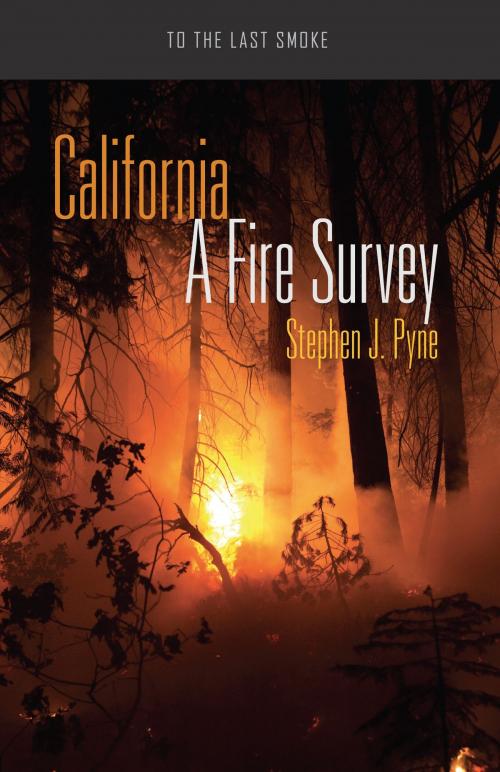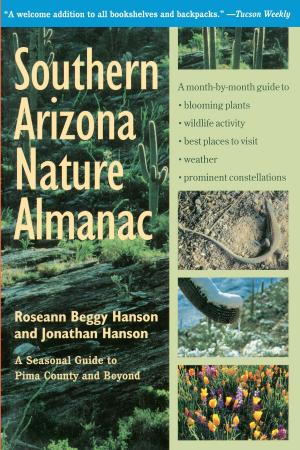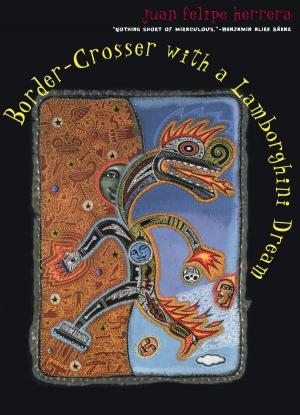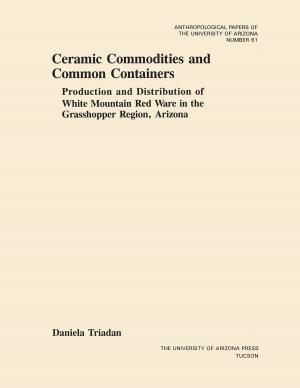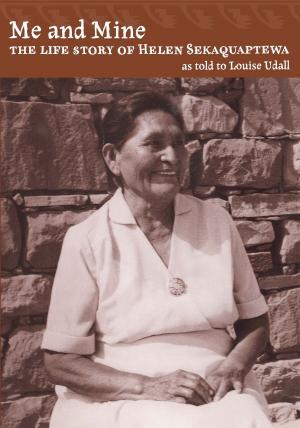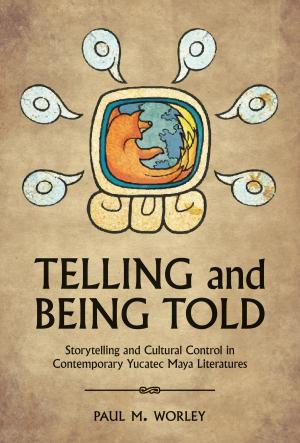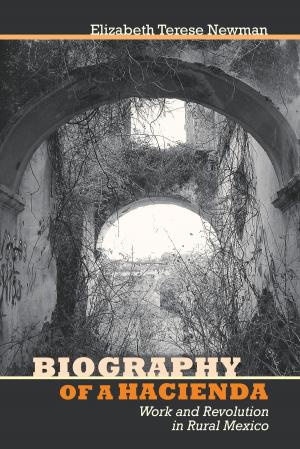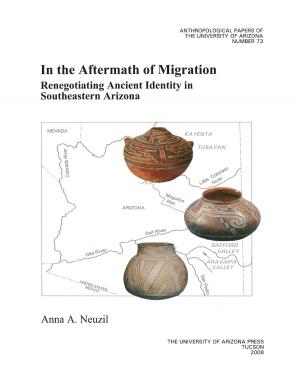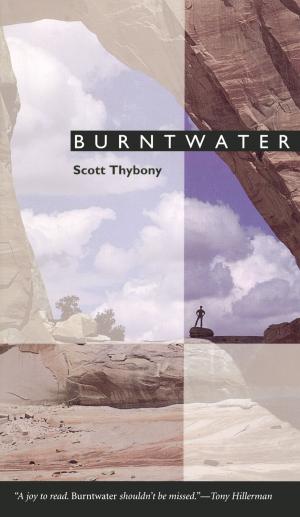California
A Fire Survey
Nonfiction, Science & Nature, Science, Biological Sciences, Ecology, Environmental Science| Author: | Stephen J. Pyne | ISBN: | 9780816535132 |
| Publisher: | University of Arizona Press | Publication: | June 17, 2016 |
| Imprint: | University of Arizona Press | Language: | English |
| Author: | Stephen J. Pyne |
| ISBN: | 9780816535132 |
| Publisher: | University of Arizona Press |
| Publication: | June 17, 2016 |
| Imprint: | University of Arizona Press |
| Language: | English |
The coastal sage and shrublands of California burn. The mountain-encrusting chaparral burns. The conifer forests of the Sierra Nevada, Cascades, and Trinity Alps burn. The rain-shadowed deserts after watering by El Niño cloudbursts and the thick forests of the rumpled Coast Range—all burn according to local rhythms of wetting and drying. Fire season, so the saying goes, lasts 13 months.
In this collection of essays on the region, Stephen J. Pyne colorfully explores the ways the region has approached fire management and what sets it apart from other parts of the country. Pyne writes that what makes California’s fire scene unique is how its dramatically distinctive biomes have been yoked to a common system, ultimately committed to suppression, and how its fires burn with a character and on a scale commensurate with the state’s size and political power. California has not only a ferocity of flame but a cultural intensity that few places can match. California’s fires are instantly and hugely broadcast. They shape national institutions, and they have repeatedly defined the discourse of fire’s history. No other place has so sculpted the American way of fire.
California is part of the multivolume series describing the nation’s fire scene region by region. The volumes in To the Last Smoke also cover Florida, the Northern Rockies, the Great Plains, the Southwest, and several other critical fire regions. The series serves as an important punctuation point to Pyne’s fifty-year career with wildland fire—both as a firefighter and a fire scholar. These unique surveys of regional pyrogeography are Pyne’s way of “keeping with it to the end,” encompassing the directive from his rookie season to stay with every fire “to the last smoke.”
The coastal sage and shrublands of California burn. The mountain-encrusting chaparral burns. The conifer forests of the Sierra Nevada, Cascades, and Trinity Alps burn. The rain-shadowed deserts after watering by El Niño cloudbursts and the thick forests of the rumpled Coast Range—all burn according to local rhythms of wetting and drying. Fire season, so the saying goes, lasts 13 months.
In this collection of essays on the region, Stephen J. Pyne colorfully explores the ways the region has approached fire management and what sets it apart from other parts of the country. Pyne writes that what makes California’s fire scene unique is how its dramatically distinctive biomes have been yoked to a common system, ultimately committed to suppression, and how its fires burn with a character and on a scale commensurate with the state’s size and political power. California has not only a ferocity of flame but a cultural intensity that few places can match. California’s fires are instantly and hugely broadcast. They shape national institutions, and they have repeatedly defined the discourse of fire’s history. No other place has so sculpted the American way of fire.
California is part of the multivolume series describing the nation’s fire scene region by region. The volumes in To the Last Smoke also cover Florida, the Northern Rockies, the Great Plains, the Southwest, and several other critical fire regions. The series serves as an important punctuation point to Pyne’s fifty-year career with wildland fire—both as a firefighter and a fire scholar. These unique surveys of regional pyrogeography are Pyne’s way of “keeping with it to the end,” encompassing the directive from his rookie season to stay with every fire “to the last smoke.”
